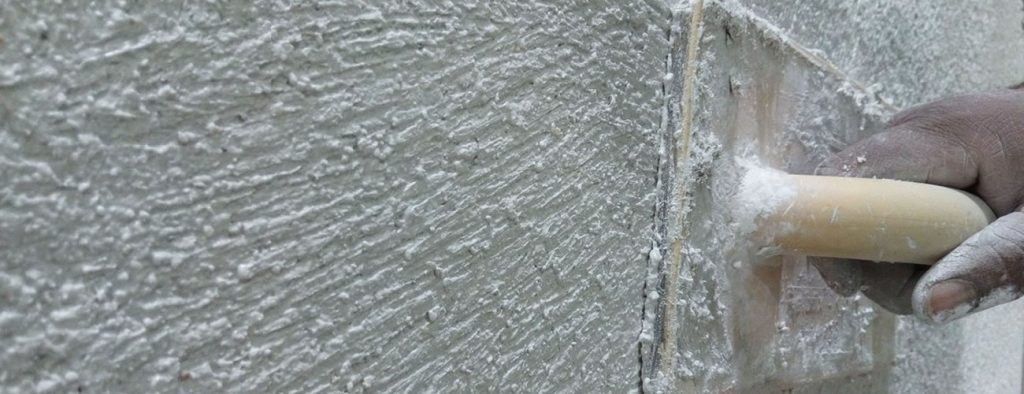

Use of PP Micro Fibers in Perlite Plasters: Comparison of Fibrillated, CF Micro Fiber, and Glass Fiber – Dosages and Application Recommendations


Perlite plasters are widely preferred in the construction industry due to their lightweight nature and high thermal insulation performance. However, these types of plasters are prone to cracking and generally lack mechanical strength, which can be significantly improved through fiber reinforcement. In recent years, polypropylene (PP) micro fibers (both fibrillated and CF/continuous filament types) and glass fibers have become prominent for crack control and strength enhancement in perlite plasters. So, what are the differences between these three fiber types, and which should be preferred for specific applications? Additionally, what are the correct dosages?
What is Glass Fiber?
Glass fiber is a reinforcement material composed of fine glass filaments with high tensile strength. It has been used for many years in plaster and concrete applications to control cracking and enhance strength. However, for glass fiber to be durable in cement-based environments, it must be of the alkali-resistant (AR) type. Standard glass fiber dissolves over time due to the high alkalinity in cement and loses its effectiveness.
What is PP Fibrillated Micro Fiber?
Fibrillated micro fibers are produced by mechanically converting polypropylene films into a net-like (fibrillated) structure. This network structure allows the fibers to disperse very well within the plaster and effectively bridge microcracks. They are particularly effective in controlling plastic shrinkage (microcracks that form during the initial setting). Fibrillated fibers improve surface quality, resulting in a smoother and less cracked plaster finish.
What is PP CF (Continuous Filament) Micro Fiber?
CF micro fibers are straight, individual fibers obtained by cutting continuous polypropylene yarn into lengths of 6–25 mm. They do not have a net-like structure; instead, the fibers are linearly distributed within the plaster matrix. Especially at longer lengths (12 mm and above), they are preferred for bridging macrocracks and increasing the tensile/flexural strength of the plaster.
Property | Glass Fiber (AR) | PP Fibrillated Micro Fiber | PP CF Micro Fiber (Continuous Filament) |
Chemical Resistance | High (if AR type) | Very high | Very high |
Alkali Resistance | Good (only if AR type) | Very good | Very good |
Microcrack Control | Moderate–Good | Very good | Moderate |
Macrocrack Control | Good | Moderate | Good (especially at longer lengths) |
Mechanical Strength Gain | High | Moderate | High (at longer lengths) |
Surface Quality | Moderate | Very good | Good |
Ease of Application | Moderate | Very good | Good |
Cost | High–Very High (AR) | Low–Moderate | Low–Moderate |
Heat Resistance | Very high | Limited | Limited |
Which Fiber Should Be Preferred for Which Application?
- Glass Fiber (AR):
Preferred in special applications where high mechanical strength, heat resistance, and long-term durability are required. It is especially prominent in exterior facades, fire-resistant, or industrial applications. However, it must be of the AR (alkali-resistant) type. Standard glass fiber does not last long in cement or plaster. - PP Fibrillated Micro Fiber:
The best choice when microcrack control, surface quality, and workability are prioritized. Particularly suitable for thin-layer plasters and decorative applications. - PP CF Micro Fiber:
Preferred in thick-layer plasters or challenging conditions where macrocrack control, tensile/flexural, and impact resistance are desired. When used in longer lengths (12 mm and above), the macrocrack bridging effect is enhanced.
Dosages
- Glass Fiber (AR): 0.9 – 1.5 kg/m³
- PP Fibrillated Micro Fiber: 0.6 – 1.0 kg/m³
- PP CF Micro Fiber (12 mm and above): 0.6 – 1.2 kg/m³
- Combination (for thick-layer plaster): 0.6 kg/m³ fibrillated + 0.6 kg/m³ CF micro fiber (total 1.2 kg/m³)
Application Notes
- If glass fiber is to be used, ensure it is of the AR type. Standard glass fiber will dissolve and lose its function in cement-based plasters in a short time.
- Fibers should be added to the dry mix and thoroughly blended before water is introduced.
- Homogeneous distribution of fibers is critical for effective crack control and strength.
- Dosages may require minor adjustments depending on the plaster formulation, application thickness, and environmental conditions.
Fiber reinforcement in perlite plasters provides significant advantages in terms of crack control and mechanical strength.
- For thin-layer plasters: 6 mm fibrillated micro fiber is the best solution.
- For thick-layer plasters: A combination of fibrillated and CF micro fibers is ideal for both micro and macrocrack control and high strength.
- For applications requiring high mechanical strength, heat resistance, or special engineering: AR glass fiber may be preferred.
By selecting the correct fiber type and dosage, you can achieve both aesthetic and long-lasting, durable surfaces in perlite plasters.